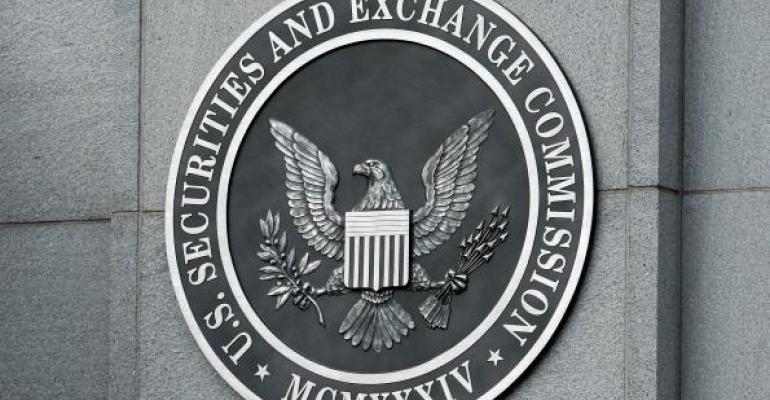
The Securities and Exchange Commission examines only 10 percent of investment advisors per year, but that doesn’t mean the other 90 percent are not reviewed. “If a fund holds the stocks of 100 companies, would you assume that the portfolio manager conducted due diligence on only those 100 companies? No,” said Marc Wyatt, director of the SEC’s Office of Compliance Inspections and Examinations (OCIE), in a speech Monday in Washington, D.C. Speaking to a room full of compliance officers, Wyatt highlighted the agency’s evolution towards risk-based examinations. Earlier this year, the SEC created a new Office of Risk and Strategy within OCIE. To conduct the risk-based exams, Wyatt said the agency analyzes data from the entire population of advisors, then, through various screening methodologies, comes up with a list of firms that pose the most risks to investors. Once they’ve identified an exam candidate, the team will determine the scope of the exam and customize exam tool kits and modules for the scope areas. The examiner will then visit the advisor on site and ask for an overview of the firm. “Some registrants mistakenly assume this introduction is the first time the staff is learning about the firm. I can assure you, that is not the case,” Wyatt said.
The Birds and the Bees and 401(k)s

The "birds and the bees" talk has been usurped as the most important conversation parents can have with their children, according to a new study by Chase & The University of Colorado. More than 95 percent of American parents believe "the talk" about finances is important, while 89 percent believe educating their children about sex is important. Members of the baby boomer generation, wanting to be more open about finances than their parents were, place a lot of value in talking about money with their children. And this has had its benefits. Millennials, on average, begin saving for retirement at age 23, which is 17 years sooner than boomers did. And millennials plan to retire at age 60, almost 10 years sooner than boomers. “Knowing more about each generation helps us provide financial advice with even greater relevance,” said Peter Wall, Chief Market Strategist for Chase. “Our findings reinforce the importance of having open and honest conversations about finances—no matter where you are in your life.”
Schwab Upgrades Advisor Center

Schwab Advisor Services added a number of automation features and tools to Schwab Advisor Center, the custodian’s core custody and trading platform, in order to help reduce paperwork and complexity for advisors and their clients. Advisors can now send account applications to clients for electronic signature, and a partnership with DocuSign has helped Schwab expand eApproval capabilities to most transactions, including money movement and account maintenance. Schwab also streamlined access to client information to make it easier to view and share information with third parties. The Advisor Center now also includes predictive search and search suggestions. The announcements were unveiled over a summer-long series of technology events held around the country as part of a goal to help advisors conduct all of their routine business with Schwab digitally.





